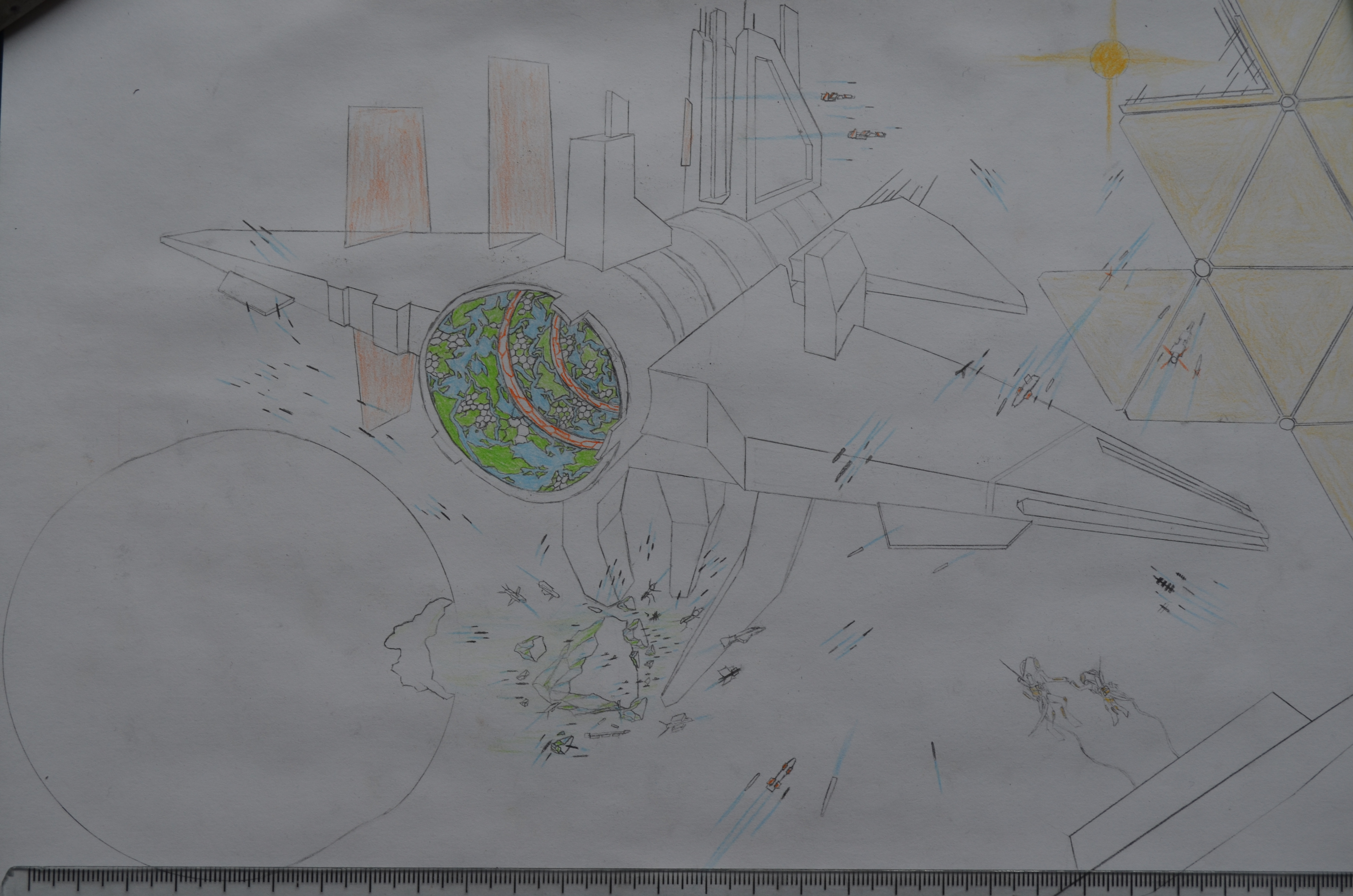HOME | DD
 Neframe — Children of the Torch Drive
Neframe — Children of the Torch Drive

Published: 2020-05-15 12:54:38 +0000 UTC; Views: 1608; Favourites: 29; Downloads: 1
Redirect to original
Description
With the advent of fusion torch engines with sufficient safeguards to be released onto the civilian market, large-scale space construction became not only possible, but a potentially profitable endeavor as it brought the resources of asteroid belts within reach. While most of these enterprises revolved around mining platforms and solar energy collectors, most species have also built a few major habitats - and none has built more than the Cenôxians.
Motivated by their biology, a desire for neutrality, and pacifist xenophobia, after their uplift had been completed the Kantuo Friendship Sphere set out constructing a large array of major habitats designed to house millions to billions of sophonts and utilize the resources of space to fuel their economies, all far from major gravity wells and outside the reach of FTL-drives; developing their home system and the systems neighboring it from the outside inwards, rather than starting with planet-bound colonies and expanding space infrastructure to support them.
This attitude of space habitat colonization was motivated by three major factors; firstly, the systems within reach of their FTL-drives had very few promising colonization prospects but a wealth of solar energy and extensive, dense, asteroid fields, their unique silicon-boron-water biology made most of the habitable worlds they did have very undesirable and unappealing and would require major terraformation efforts for major colonization, and the safety afforded by a synthtitanium cylinder station; short of someone opening the airlocks and docking bays for them, there is next no nothing a hostile invasion force can do short of outright destroying the habitat in it's entirety, and to even get within range they'd have to spend days burning across a predictable trajectory.
Although most modern Cenôxians live in comfort on naturally habitable planets thanks to extensive biomodification, terraformation, and the discovery of worlds with matching biochemistry and temperature, nearly a quarter of their population still resides in space and expertise in zero-g mobility, spacewalking, and orbital survival are considered just as vital of life skills as swimming or cooking, with most planet-born Cenôxians learning the handle the void in early adolescence, while spacers tend to learn even earlier.
The habitat in the picture is Eithyk Commissariat, one of the three-dozen Kantuo Commonwealth habitat stations circling Paylien's inner asteroid belt, using it's massive gravity anchors to pull the crust of the asteroid HKi-5601 to expose ore rich in titanium, cobalt, and beryllium for a fleet of kilometer-long working "skiffs" to harvest the precious minerals, while a massive solar energy collection array generates fuel for the civilian torchships passing by and the military flotilla stationed there.
The design of Eithyk is typical for Cenôxian mid-sized habitats; a series of habitation wards with a diameter of 54 kms, each with a much more massive service segment counter-rotating to preserve stability, and a stationary outer shell with manufacturing, recycling, communications, and spaceport facilities attached.
Eithyk Commissariat itself is made up of 7 sections for a full length of 175 kilometers, has a wingspan of 230 kilometers, gross mass of 2.4 trillion tons; housing 120 million citizens and refining an average of 40 gigatons of ore every day.



























